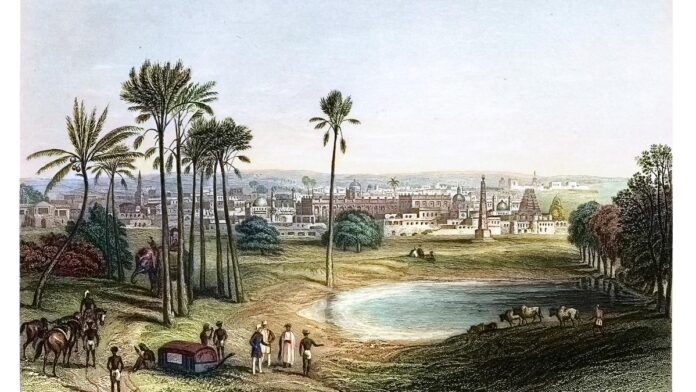The 385th Madras Day is just the occasion to celebrate the founding of a cultural city and its architectural landscape. It is a confluence of civilisations, manifested in its architectural evolution, over centuries. Madras, renamed Chennai in 1996, began its journey as a conglomeration of riverine village clusters located close to the ancient Mahabalipuram port.
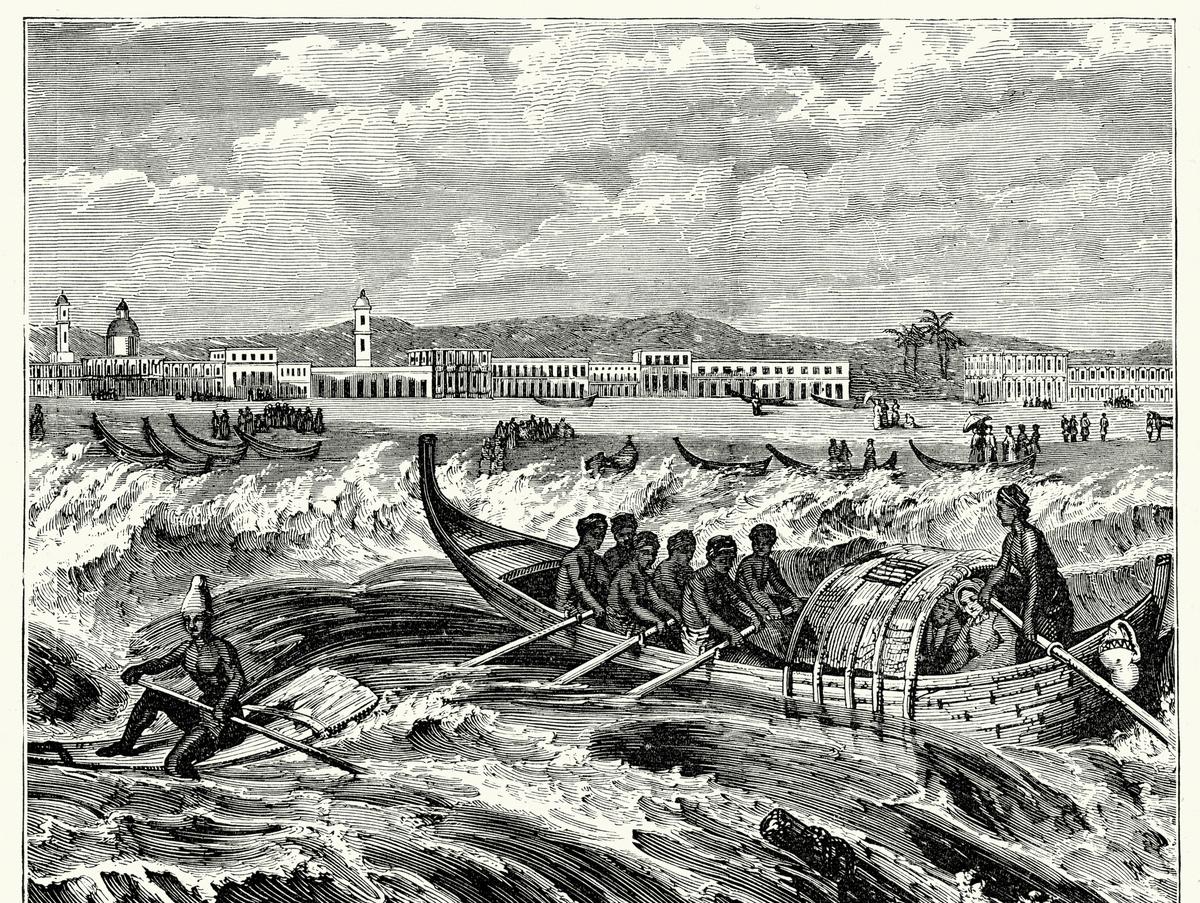
An illustration of ‘Madras by the sea’.
| Photo Credit:
Getty Images/istock
Its strategic geographical location, on the Coromandel coast, reveals layers of cultural landscapes and architectural transformations that have shaped its identity, over generations.
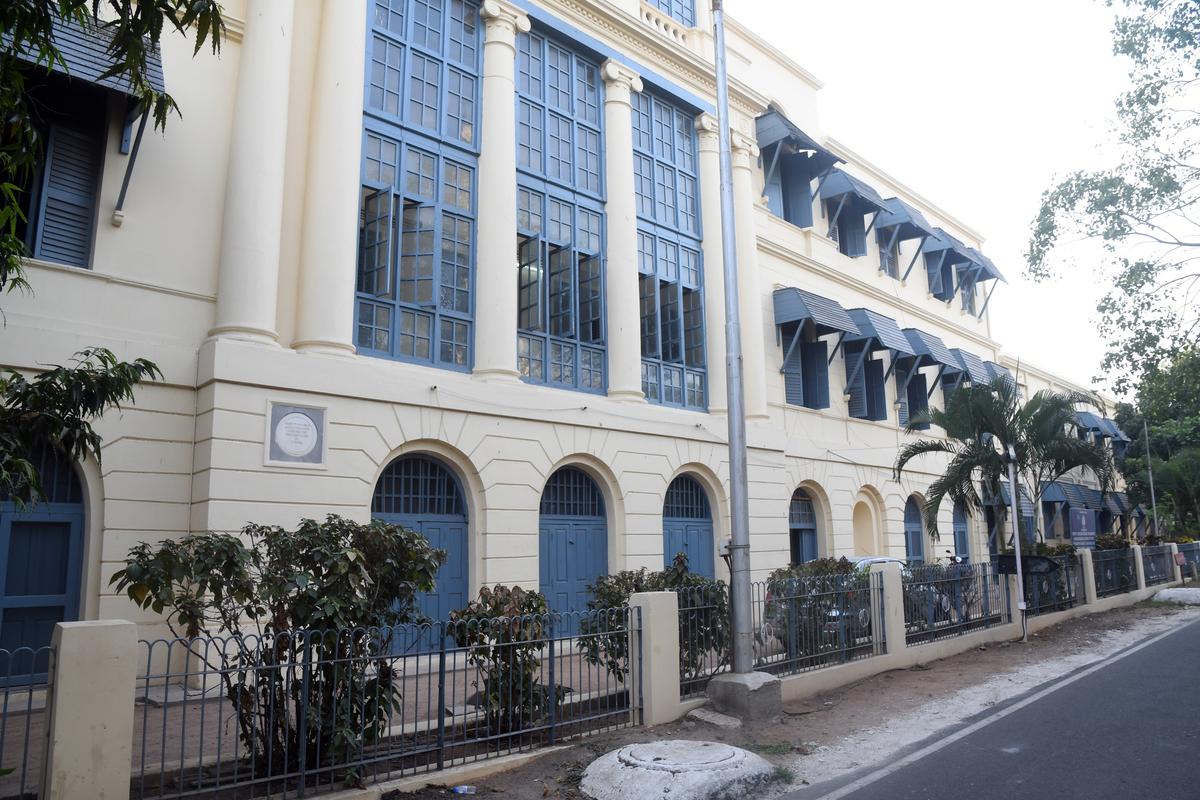
Clive House, one of the heritage buildings inside Fort St. George, Chennai.
| Photo Credit:
S.R. Raghunathan
Contributions from diverse cultures
As legendary historian and chronicler S. Muthiah eloquently describes in Madras Rediscovered, this port-town is the first city of modern India, whose genesis can be traced to the establishment of Fort St. George by the British East India Company in 1639. It marked the beginnings of colonial urbanity, turning Madras into a pivotal trading post and administrative centre. The Portuguese (16th century) had established a foothold, recognising its strategic importance as a trading centre. Madras became a melting pot where diverse cultures gathered, exchanging ideas, traditions, and architectural styles.
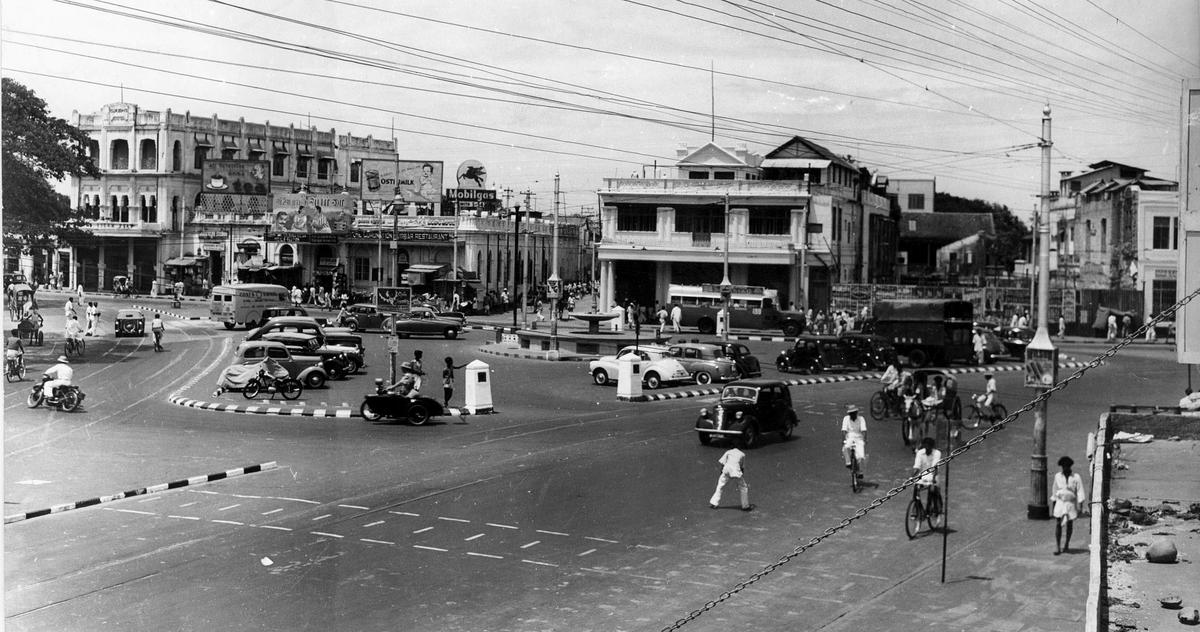
An undated picture of Mount Road, where the present Anna Statue stands.
| Photo Credit:
The Hindu Archives
From the Sangam era onwards, Romans, Chinese, Koreans, Arabs, Nestorian merchants, Portuguese, Dutch, French, Germans, Armenians, and British, each visited its shores, contributing to an eclectic cultural mosaic. The indigenous Tamil culture, deeply rooted in tradition, provided a resolute foundation upon which these influences were layered, creating a unique architectural landscape. Each of these events shaped the idea of the ‘Madras home’. While some influences continue to persist in Triplicane, many have been forever lost over time, in settlements like George Town, Guindy and Mylapore.
A rickshaw-puller in George Town, Chennai.
| Photo Credit:
R. Ravindran
Courtyards and climate-responsive architecture
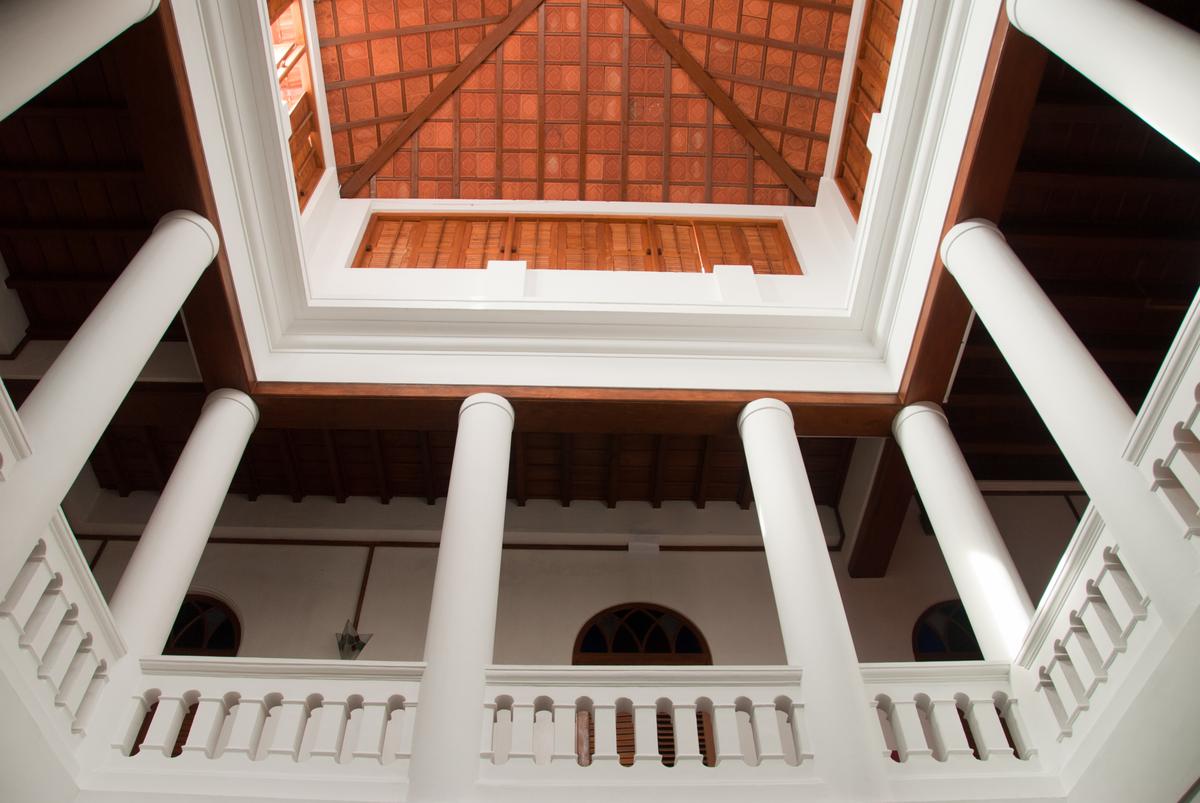
The interiors of a traditional bungalow.
| Photo Credit:
Getty Images/iStockphoto
In Mylapore and Triplicane, traditional shop-houses, with fascinating inner courtyards, were organised around shrines. These homes were characterised by their semi-open ‘thinnai’, Madras terraces, an oonjal (swing), and herbal plants, which facilitated natural cooling in a hot-humid climate and stored rainwater. These features are a testimony to the ingenuity of local crafts communities, who recognised the significance of sustainability and climate-responsive architecture, long before it became a modern mantra.
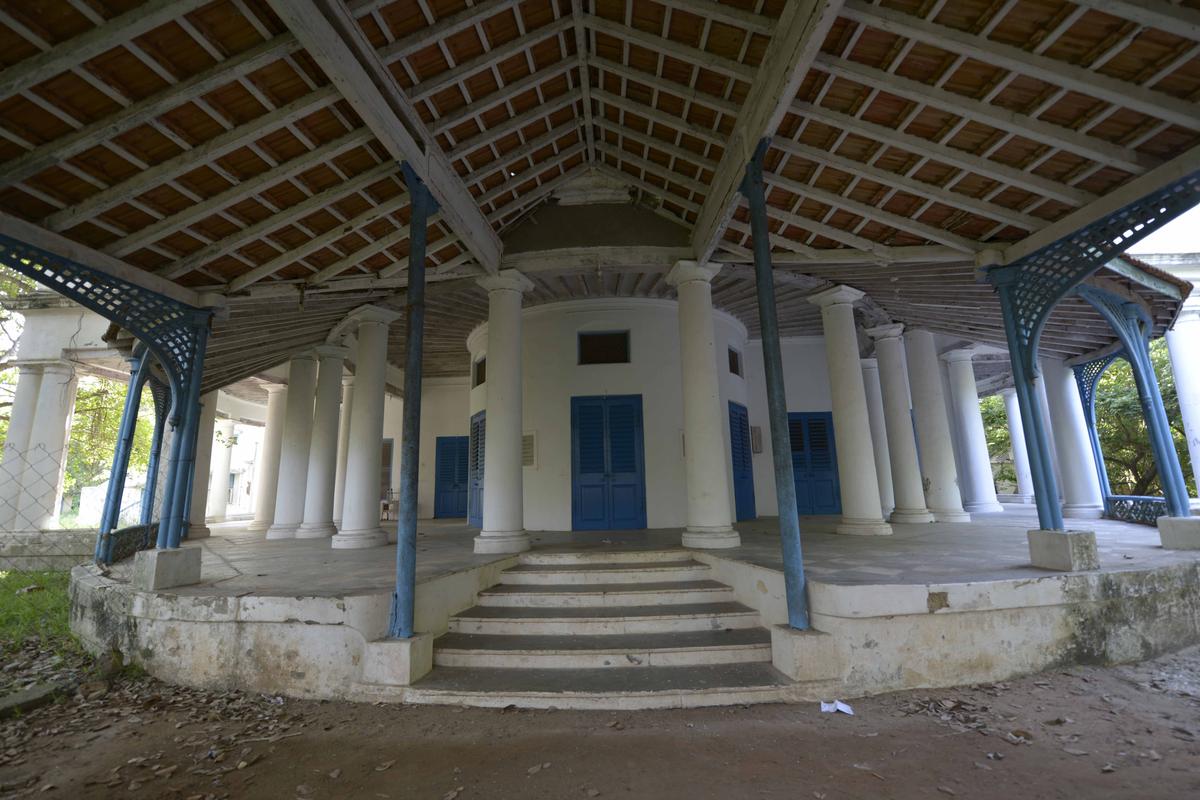
A closer view of Blavatsky bungalow at Theosophical Society.
| Photo Credit:
V. Ganesan
As British influence grew, with the consecration of Fort St. George (17th century onwards), Madras witnessed the emergence of bungalows, with large airy verandahs, sloping Mangalore tiled roofs, set in sprawling gardens.
A view of the City Police Commissioner’s Office in Egmore, which was once a huge bungalow on a paddy field. The building is a classic colonial bungalow with two storeys. It has Doric columns with Madras terrace.
| Photo Credit:
V. Ganesan
These bungalows, located around Chetpet, Sterling Road, Saidapet, Guindy and other neighbourhoods, incorporated a new language transported from Europe — neo-Palladian elements and columns, Greek pediments, Neoclassical architraves, Indo-Saracenic styles (influences from Fatehpur-Sikri), and eventually Art Deco and the Modern, drawn largely from Parisian and British homes of the early 20th century. Each style brought with it a new aesthetic imagination to the Madras home, yet adapted to local climate and materials, reflecting a synthesis of foreign and indigenous influences, responding to changing political, social and economic conditions.
Inner worlds of the garden bungalow
Beyond its architectural facade, Madras has possessed an undiscovered inner world, largely shaped by its material and intangible culture. The ingenuity of the city’s building craft communities is evident in the intricate detailing of brick, wood, and stone.
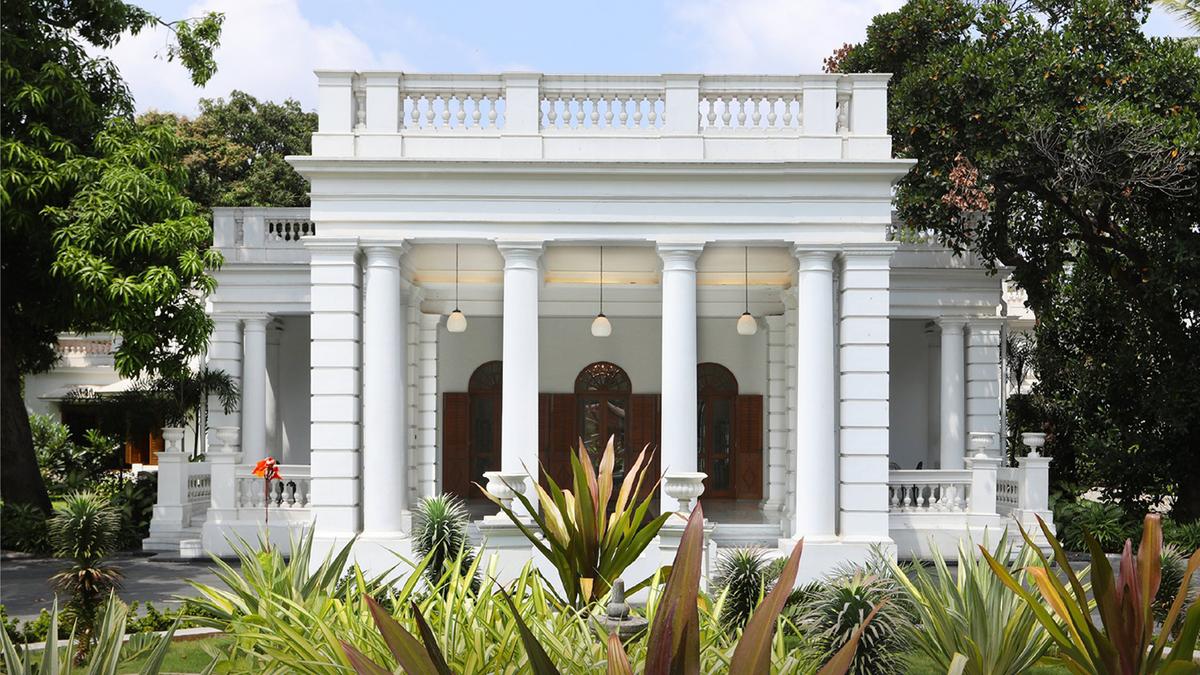
Kingsley bungalow on Spurtank Road.
| Photo Credit:
Special arrangement
Rooms with well-ventilated high ceilings, red oxide floors and terracotta elements were not merely decorative but practical, suited to the hot-humid climate, enhancing a majestic interiority, like Kingsley bungalow (Spurtank Road). Ravi Varma paintings and calendars, films, music, cricket, maths, classical dance, sciences, literature, and engineering anchored its essence.
Row houses with verandahs and red oxide floors.
| Photo Credit:
Special arrangement
The industrial spur, with the advent of the railways (1870 onwards) witnessed the incorporation of structural, steel girder beams. Garden bungalows are a fascinating example of how materials and techniques evolved with technological advancements. These girders, a symbol of industrial progress, were sensitively integrated into the design, along with metalwork, exemplifying adaptability. Historian and heritage activist V. Sriram describes the collaborations between Indian craftsmen and British engineers in constructing these bungalow homes, unique to Madras.
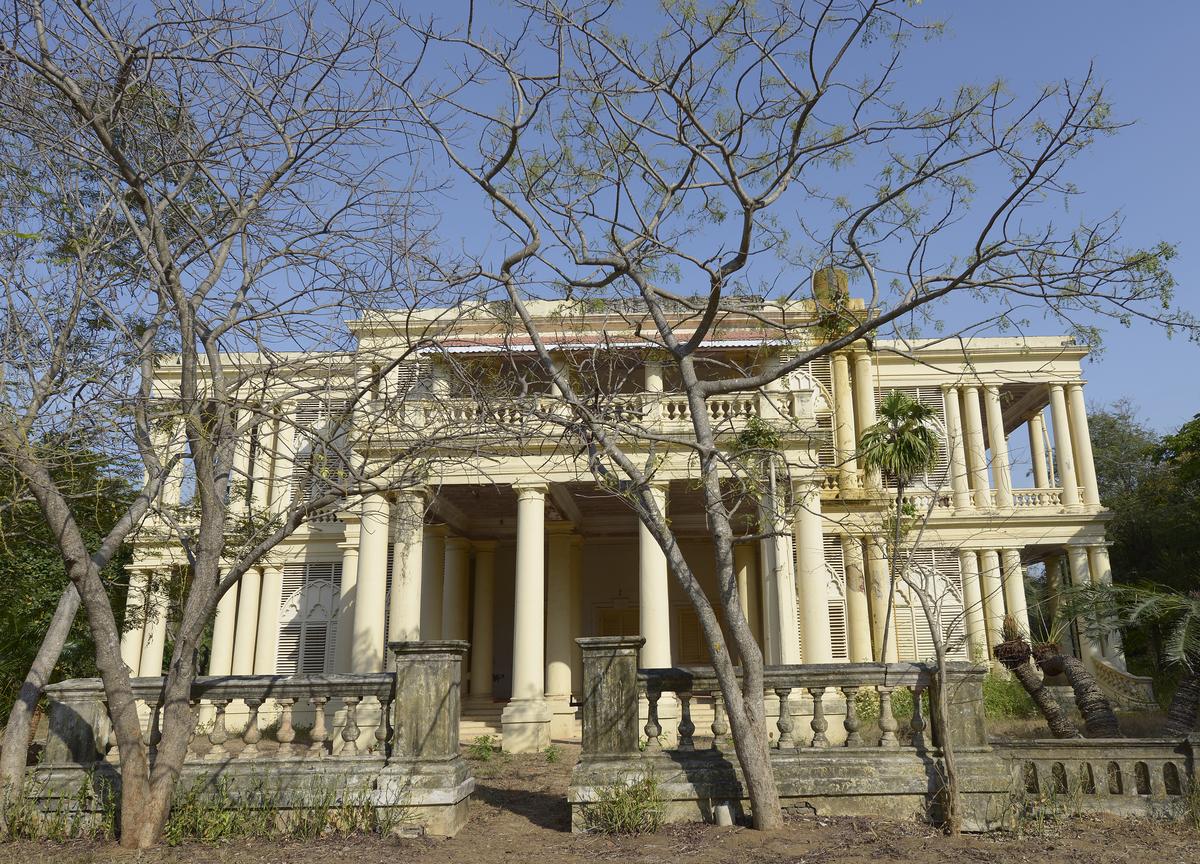
Olcott bungalow at Theosophical Society, Adyar.
| Photo Credit:
V. Ganesan
Standing witness to the past
The early phases of growth and relationship between home, street, landscape, and civic infrastructure created an ordered town, but this is threatened by sporadic growth today. The rapid transformation of Madras to Chennai over the last few decades invites an introspection into its historic roots, especially in the context of frequent flooding.
Fortunately, despite rapid urbanisation, Chennai retains fragments of its architectural heritage. Traditional row houses, garden bungalows, Art-Deco buildings like the Alliance Francaise-Madras, bungalow designed by architect Chitale for former president S. Radhakrishnan stand as witnesses to its urban memory. These homes, though few in number, remind us of the city’s genesis, from an agglomeration of hamlets to ‘modest trading post’ to thriving urban metropolis. The legacy of ancient craftsmanship seen in Chennai’s architectural landscape can guide us in understanding the topography, climate, monsoons, and natural materials. The use of local materials like brick, wood, and stone continues to inspire architects dedicated to sustainable design. The artistry of red oxide, mosaic floors and terracotta is experiencing a revival as contemporary designers recognise their value; The Collage (Rutland Gate), Mayflower (Egmore), Luz House as re-imagined cultural spaces. Chennai’s evolution of homes is not just a narrative of architectural elements, but a reflection of its congenial community spirit, culture, adaptability, and innovation.
A residence on Luz Church Road.
| Photo Credit:
K. Pichumani
Architect Sujata Shankar, Convenor INTACH (Chennai Chapter), suggests a need to collaborate with young architects, schools, and universities, to delve into these lost histories of Madras homes.
The crafted drawings and researched text, in the book Madras Inked by artist Manohar Devadoss and Sujatha Shankar, maps inspirations from Pandian, to Portuguese to British, that constituted Madras homes and institutions.
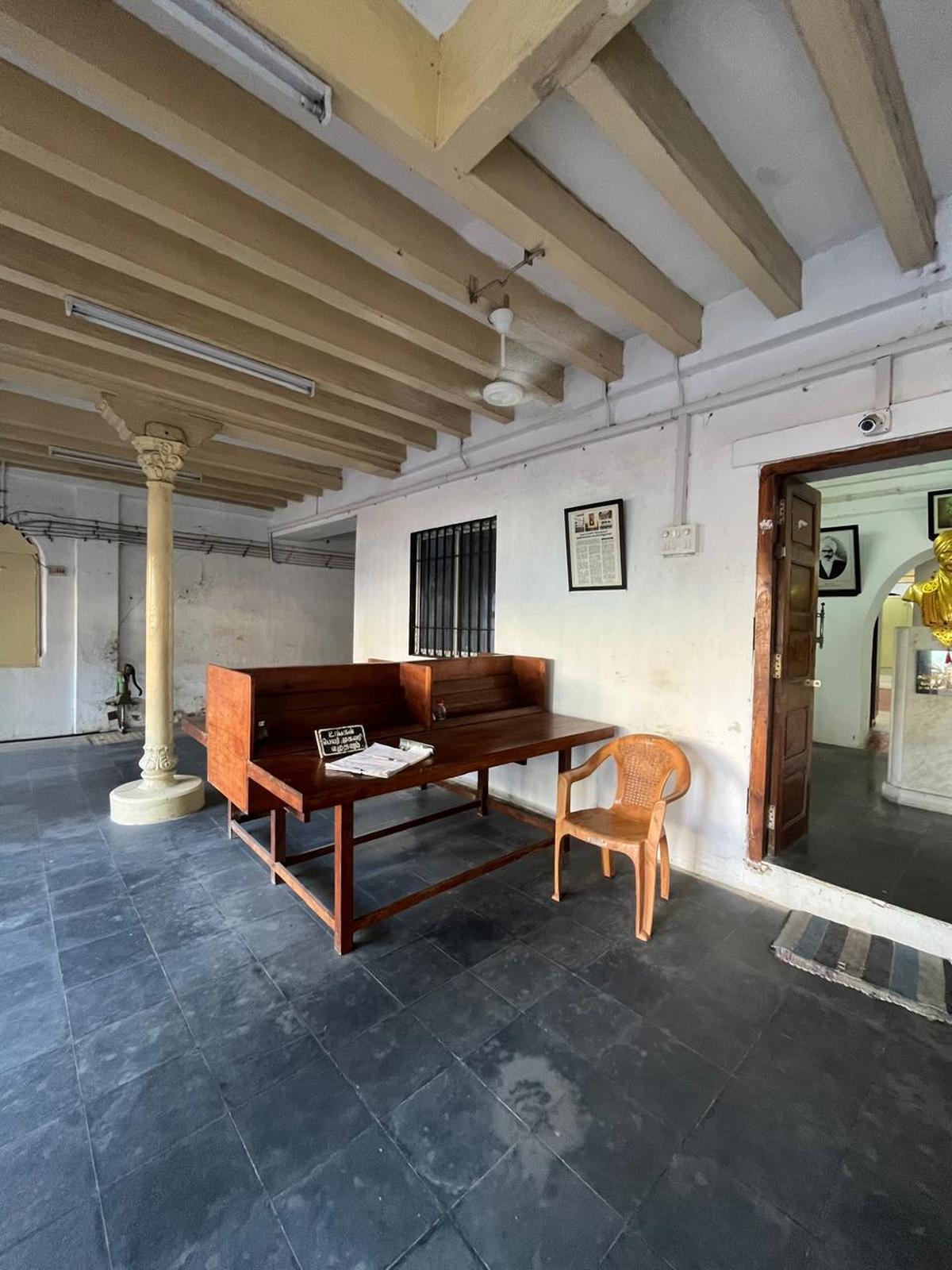
The interiors of poet Subramania Bharati’s house in Triplicane.
| Photo Credit:
Durganand Balsavar
Shaping a regional identity
As Chennai continues to grow at a rapid pace, the challenge lies in finding a balance. How can architects, designers and development authorities draw lessons from the history of Madras, while responding to new contemporary imaginations and aspirations for affordable housing? These are reminders of the significance of design principles embedded in heritage, that shape a regional climatic response and identity, like the homes of the legendary Subramania Bharati (Triplicane), or the Kamaraj Memorial House (T. Nagar) and more in Adyar, Chetpet and Guindy. Despite the erosion by speculative growth, history resonates through the streets and the interiority of Madras homes. There is hope then that Chennai may choose to retain the enduring architecture of the congenial spirit of Madras.
A contribution by Durganand Balsavar, with Divya M., Girish B., A. Rao and Indira K.
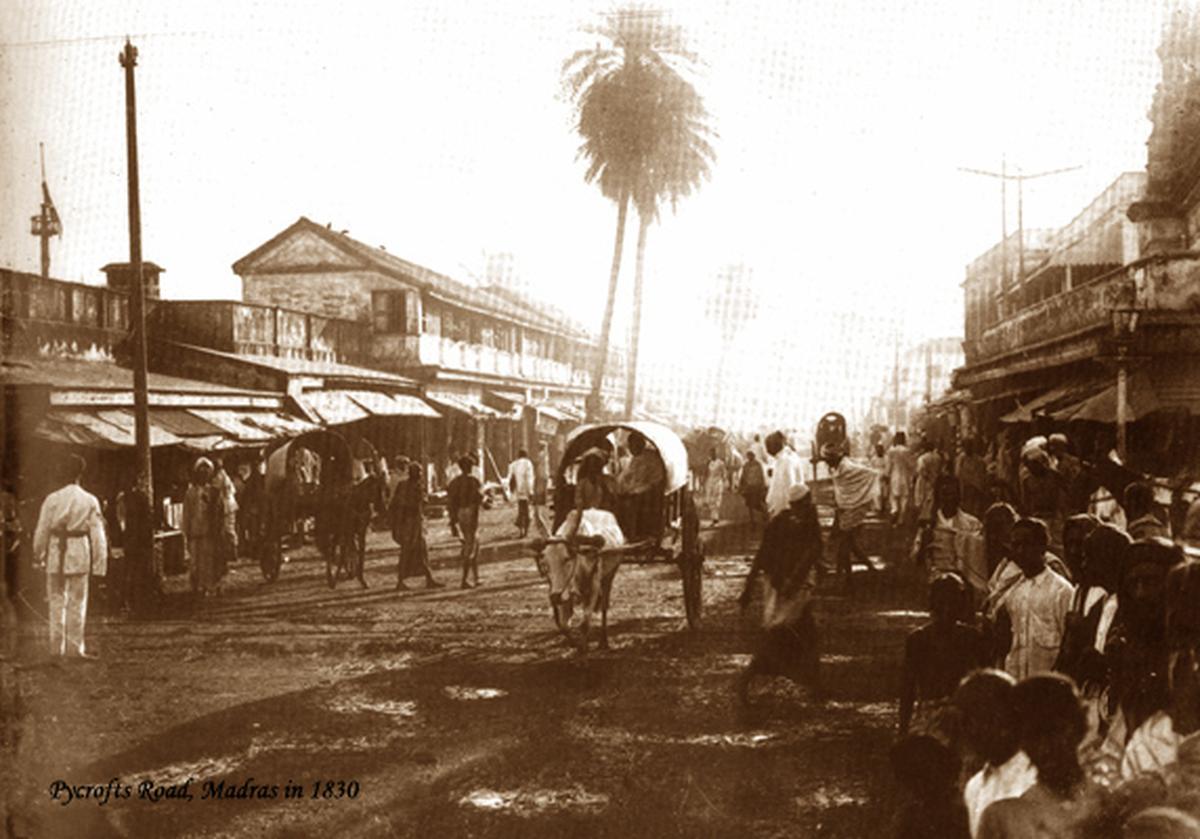
Pycrofts Road, Madras
| Photo Credit:
The Hindu archives
#lost #histories #Madras #homes
